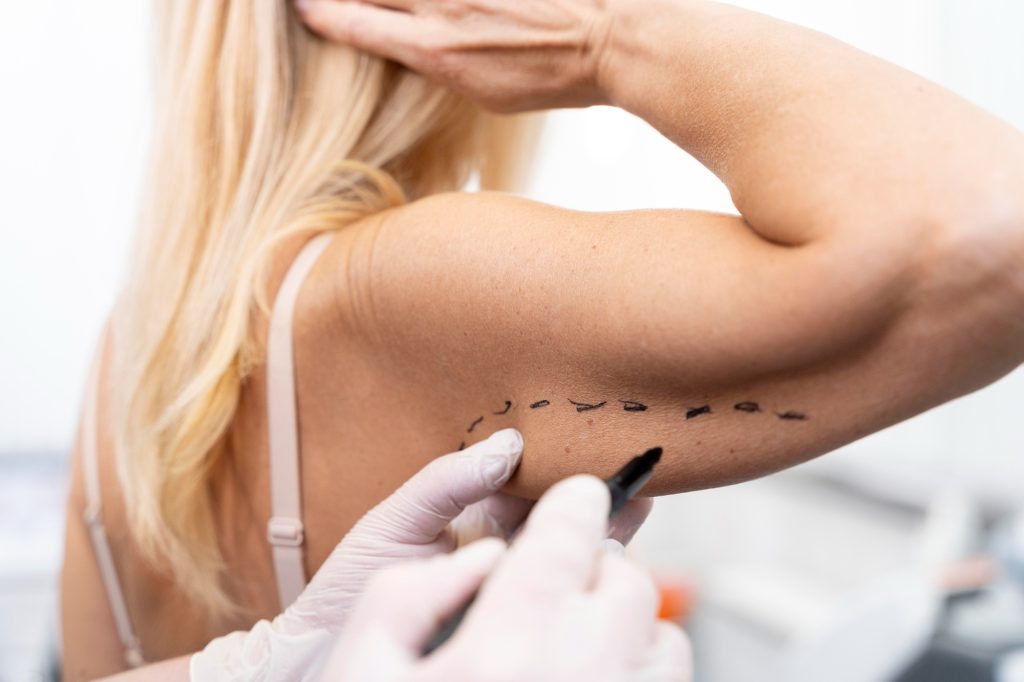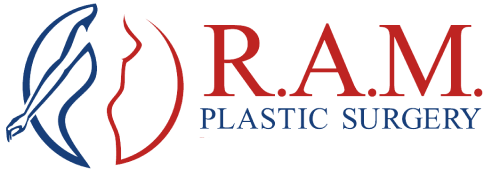Brachioplasty Chicago
Arm Lift Surgery
What is a brachioplasty?
A brachioplasty, commonly known as arm lift surgery, is a cosmetic procedure designed to reshape and enhance the appearance of the upper arms, particularly the area between the elbow and the armpit. Over time, factors such as aging, significant weight loss, or genetics can cause the skin in this area to lose elasticity, leading to sagging or a “bat wing” appearance. During brachioplasty, your surgeon carefully removes excess skin and fat from the underside of the arms, then repositions and smooths the remaining skin over the newly contoured shape. The result is a firmer, more toned arm profile that better complements your overall figure.
At RAM Plastic Surgery, we specialize in brachioplasty in Chicago, offering customized treatment plans to match each patient’s unique goals and body type. This procedure can dramatically improve both the aesthetics of your arms and your comfort, allowing you to wear sleeveless clothing with confidence and move more freely without excess skin. Whether performed alone or in combination with other body contouring procedures, arm lift surgery delivers lasting results that help restore youthful arm contours and boost self-esteem.
Who is a Candidate for a Brachioplasty?
You may want arm lift surgery in Chicago if:
- The undersides of your upper arms are sagging.
- You wish to enhance your body image.
- You are in good health.
- You don’t plan on gaining any weight.
- Your skin is loose and sagging after massive weight loss or from natural aging.

Initial Consultation with Dr. Azizi
Before scheduling your brachioplasty procedure, you will meet with Dr. Azizi at our Chicago office for a thorough and personalized initial consultation. This visit is an important first step to ensure your safety, understand your goals, and create a treatment plan tailored to your needs.
Review Your Medical History
During your consultation, Dr. Azizi will review your complete medical history, asking detailed questions about your current and past health conditions, any allergies you may have, and all medications you are currently taking. This includes prescription drugs, over-the-counter medications, vitamins, and herbal supplements. Since certain medications—particularly blood thinners—can increase surgical risks, you may be advised to stop taking them for two weeks before your arm lift surgery. Providing accurate information helps Dr. Azizi ensure the safest possible surgical experience and optimal recovery.
Conduct a Physical Examination
Next, Dr. Azizi will perform a physical examination to determine if you are a good candidate for brachioplasty in Chicago. He will assess the skin elasticity, fat distribution, and overall condition of your upper arms. This examination also includes taking photographs for your confidential medical record, which helps track your progress from the consultation through your post-surgery results.
Discuss Expectations and Surgical Plan
An essential part of the consultation is setting clear and realistic expectations. Dr. Azizi will discuss your aesthetic goals for arm lift surgery in Chicago and review the potential results based on your unique anatomy. He will explain the benefits, possible risks, and recovery process so you can make an informed decision. Together, you will design a customized surgical plan that addresses your needs and aligns with your vision for your post-procedure appearance.
By the end of your consultation, you will have a clear understanding of what to expect before, during, and after your brachioplasty, giving you confidence and peace of mind as you move forward with your transformation.

Before Your Arm Lift Procedure
Preparing properly for your brachioplasty is essential for a smooth surgery and optimal recovery. At RAM Plastic Surgery in Chicago, Dr. Azizi and our team will guide you through every step so you know exactly what to expect before your arm lift surgery. Careful preparation not only enhances your safety but also helps ensure the best possible results.
- Stop Smoking
If you smoke, it’s crucial to quit at least six weeks before your brachioplasty in Chicago. Smoking significantly restricts blood flow, which is vital for healing after surgery. Poor circulation can slow the recovery process, increase the risk of infection, and lead to complications with wound healing. Quitting well ahead of your procedure gives your body time to restore healthy blood flow, oxygen levels, and skin quality—allowing your surgical incisions to heal more efficiently. - Take Time Off from Work or School
Recovery from arm lift surgery in Chicago requires rest and limited activity. While most patients can return to light activities within a week or two, you should plan to take adequate time off from work, school, or other daily responsibilities. This allows your arms to heal without unnecessary strain or movement that could affect your results. If your job or daily routine involves lifting, pushing, or repetitive arm motions, you may need a longer recovery period before resuming those activities. - Arrange for Help
You will not be able to drive yourself home after your brachioplasty since anesthesia will impair your ability to operate a vehicle safely. Make arrangements for a responsible adult to pick you up from the surgical center. Additionally, it’s recommended to have someone stay with you for the first night or two after surgery. They can assist with tasks like meal preparation, medication management, and simple daily activities so you can focus entirely on healing.
By following these pre-surgery guidelines, you’ll set the stage for a safe, comfortable, and successful recovery. Dr. Azizi and our Chicago-based team are committed to ensuring that every step of your brachioplasty experience—from preparation to post-surgery care—is handled with the highest level of professionalism and attention to your needs.

During Brachioplasty
At RAM Plastic Surgery, your brachioplasty is performed with precision, artistry, and a focus on your safety and comfort. Most arm lift surgeries in Chicago are completed under general anesthesia, ensuring you are completely unconscious and free from pain during the procedure. In certain cases—such as for patients who may not require extensive correction—sedation combined with local anesthetics can be used, allowing for a lighter and more targeted approach while still keeping you comfortable.
Once anesthesia takes effect, Dr. Azizi begins by making carefully placed incisions along the undersides of your arms. This incision location is chosen intentionally to help minimize visible scarring after your brachioplasty in Chicago. Through these incisions, any excess skin and loose tissue are removed, allowing for a smoother and more toned arm contour.
Next, the underlying connective tissues are tightened and reshaped. This step is essential because it not only improves the appearance of your arms but also supports the overlying skin for long-lasting results. These internal adjustments are secured with sutures to help maintain your new arm shape.
In some cases, liposuction is incorporated into the arm lift surgery to remove stubborn pockets of fat that may remain despite diet and exercise. Using a small cannula (a thin, hollow tube), Dr. Azizi suctions away excess fat cells, further enhancing the arm’s definition and contour. This combination of fat removal and skin tightening creates a more sculpted, youthful appearance.
Once all desired corrections are made, the incisions are meticulously closed with sutures. This careful closure helps promote optimal healing and minimize scarring. Bandages or compression garments are typically applied to support the healing process and reduce swelling.
Every step of your brachioplasty is designed to achieve natural, balanced results that complement your body’s proportions. At RAM Plastic Surgery in Chicago, we combine advanced surgical techniques with a personalized approach so that your arm lift surgery in Chicago not only enhances your appearance but also boosts your confidence.
After the Procedure
After your arm lift surgery in Chicago, the incisions are covered with bandages, and your arms are wrapped in elastic compression bandages, which reduce swelling. You may have some small drains placed in each arm. A nurse monitors your condition for several minutes before you are discharged home. You will follow-up with the surgeon in 2-7 days to have bandages and drains removed. You will generally have to wear some type of compression sleeve or garment for 3 weeks. In the first few days after the procedure, you should:
- Avoid lifting the arms above the shoulders.
- Take antibiotics and pain medicines as prescribed.
- Avoid any forceful activities that could stretch the incisions for 6 weeks.
- Avoid soaking in hot tub or sauna until wounds heal.
- Move about your home as usual.
- Gradually resume light aerobic activities after 3-4 weeks.
Results and Outcomes
The number of brachioplasties performed each year has increased over the last decade. Brachioplasty has a high success rate, with the majority of patients reporting good results. In a recent clinical study, brachioplasty was associated with a low complication rate. According to a survey on patient satisfaction, 84.6% reported a decrease of at least two clothing sizes post-surgery and more than half (57.7%) were satisfied with body symmetry following surgery



